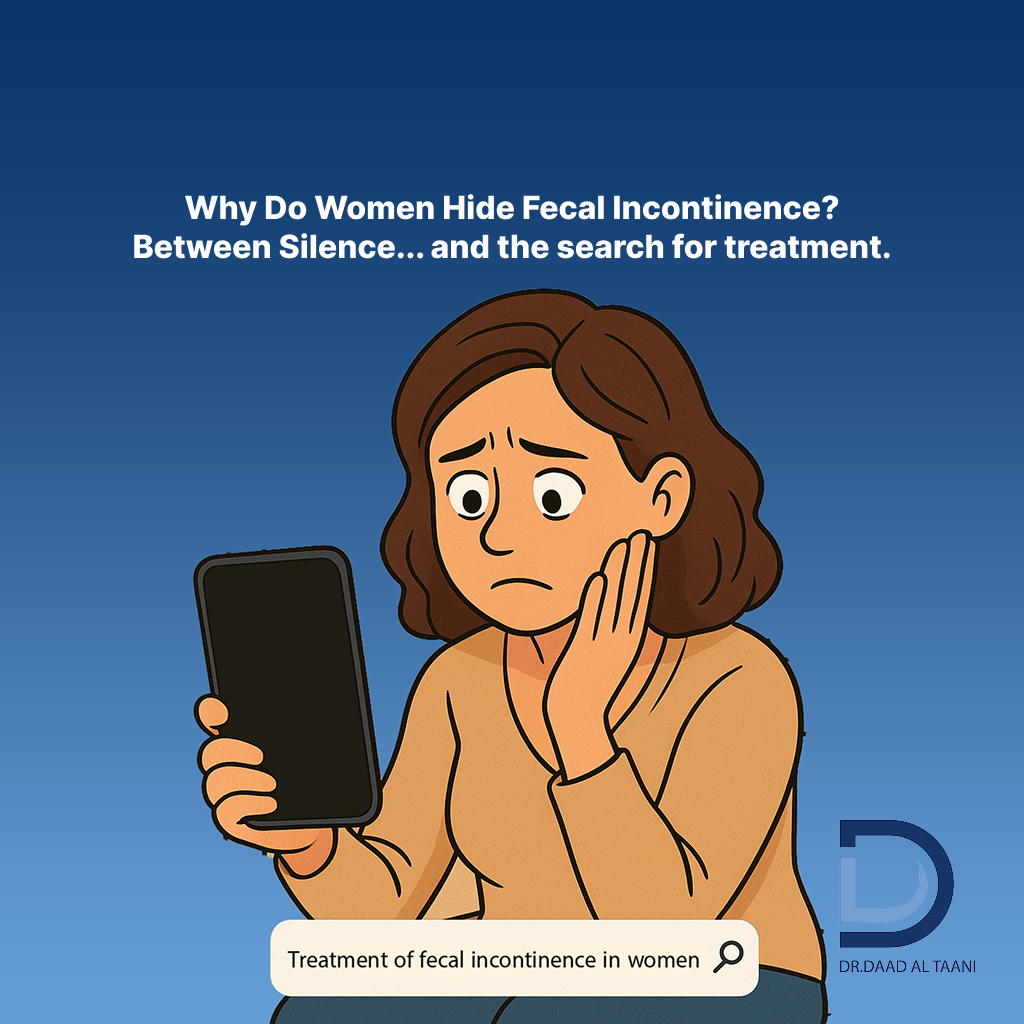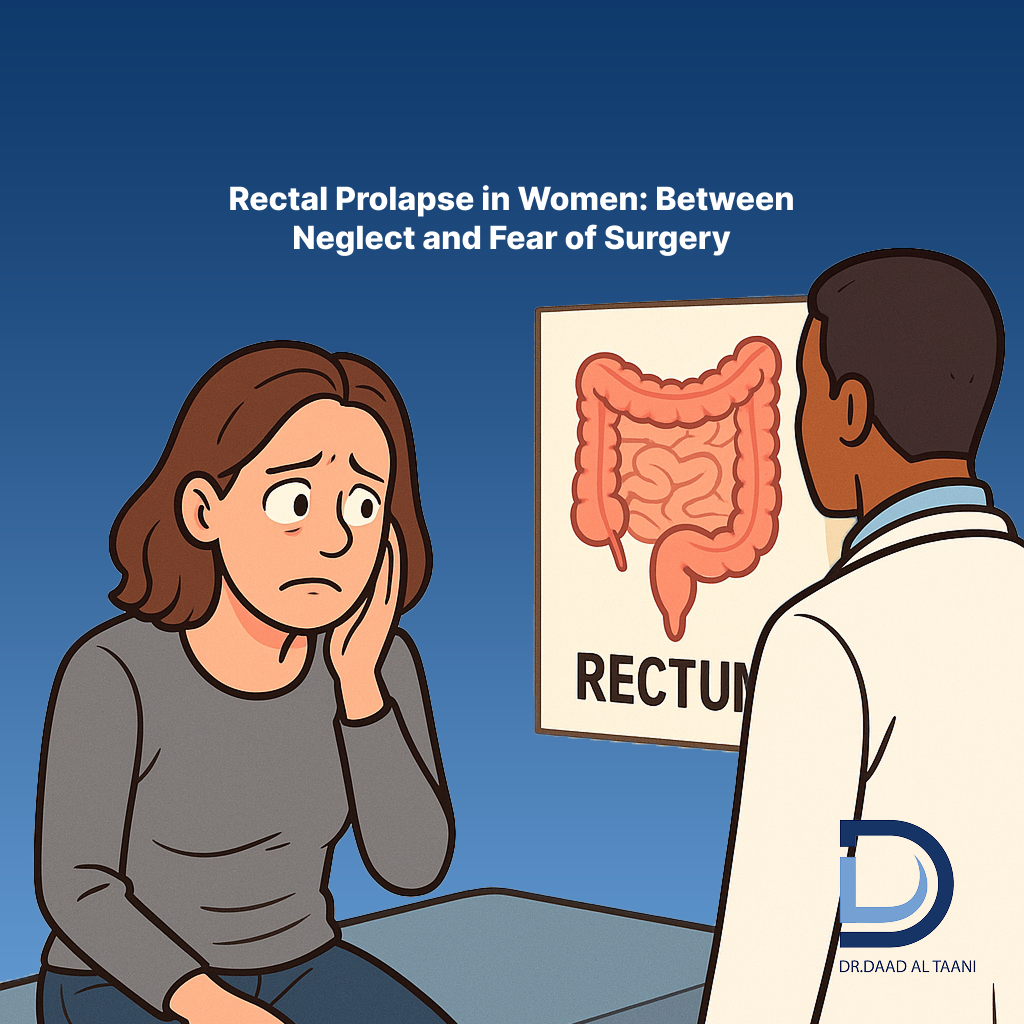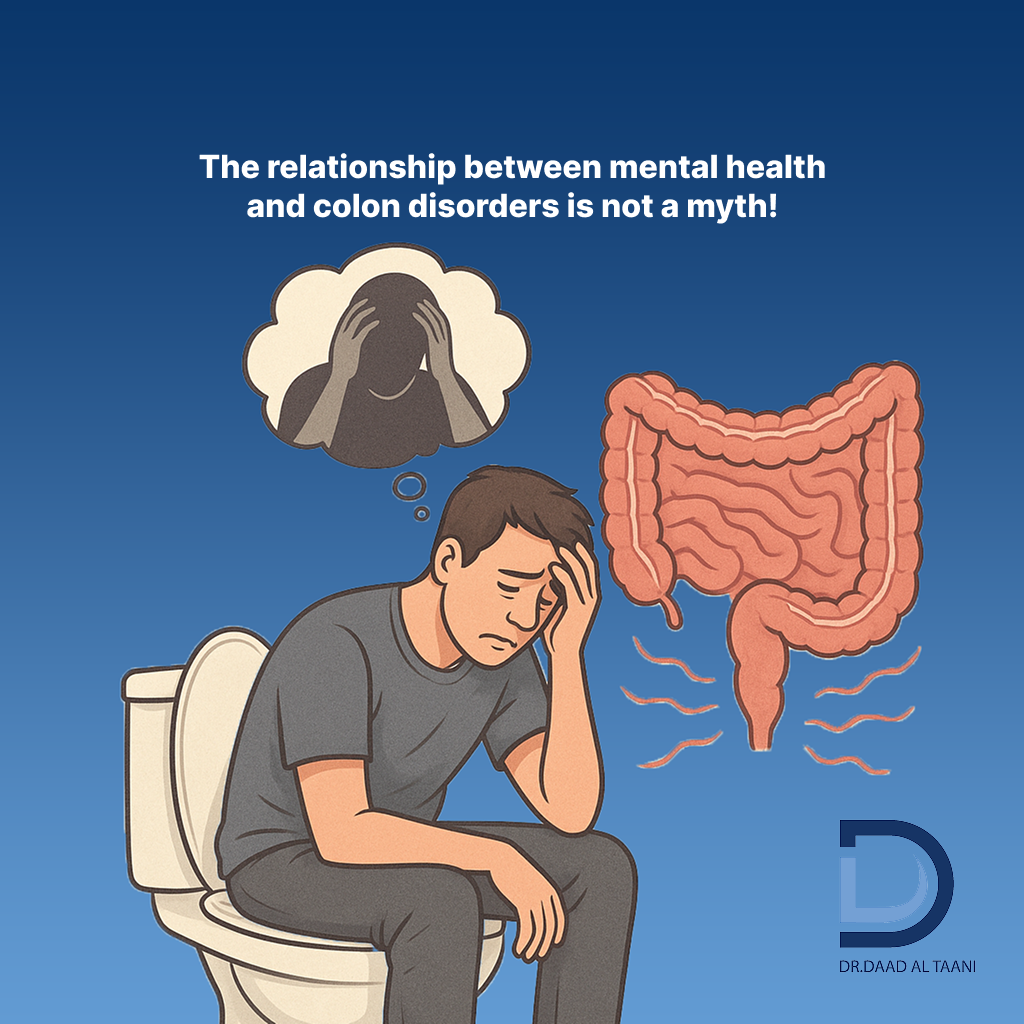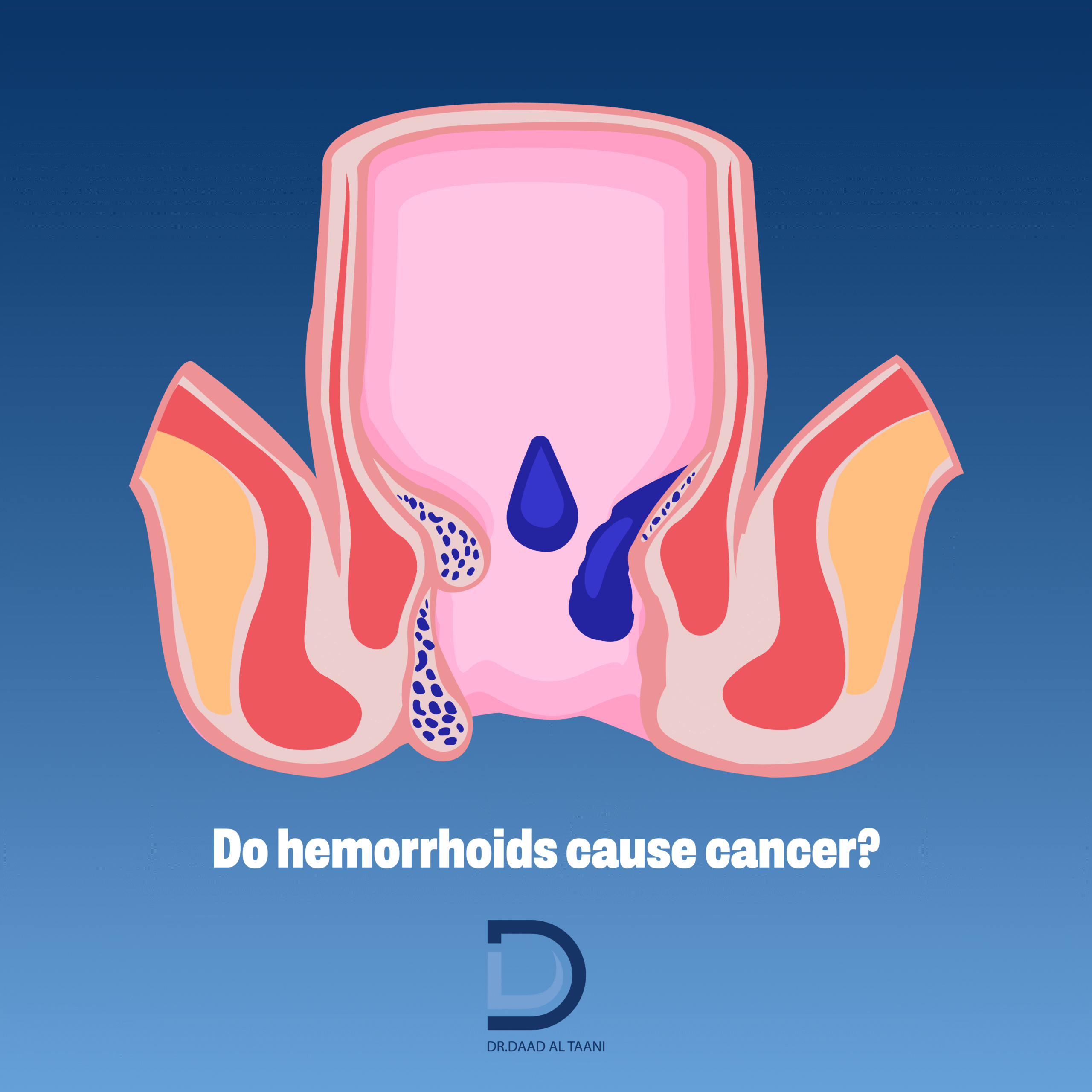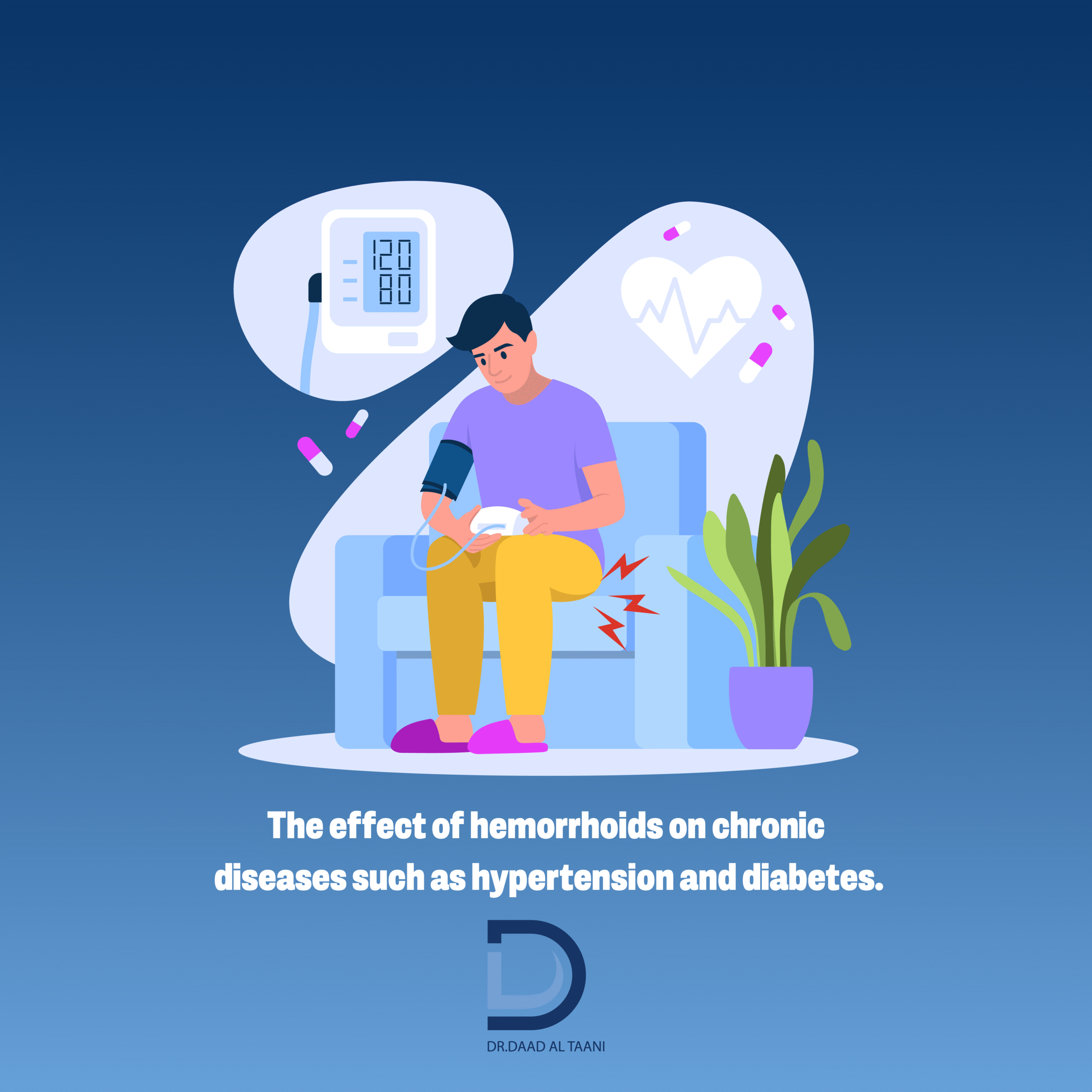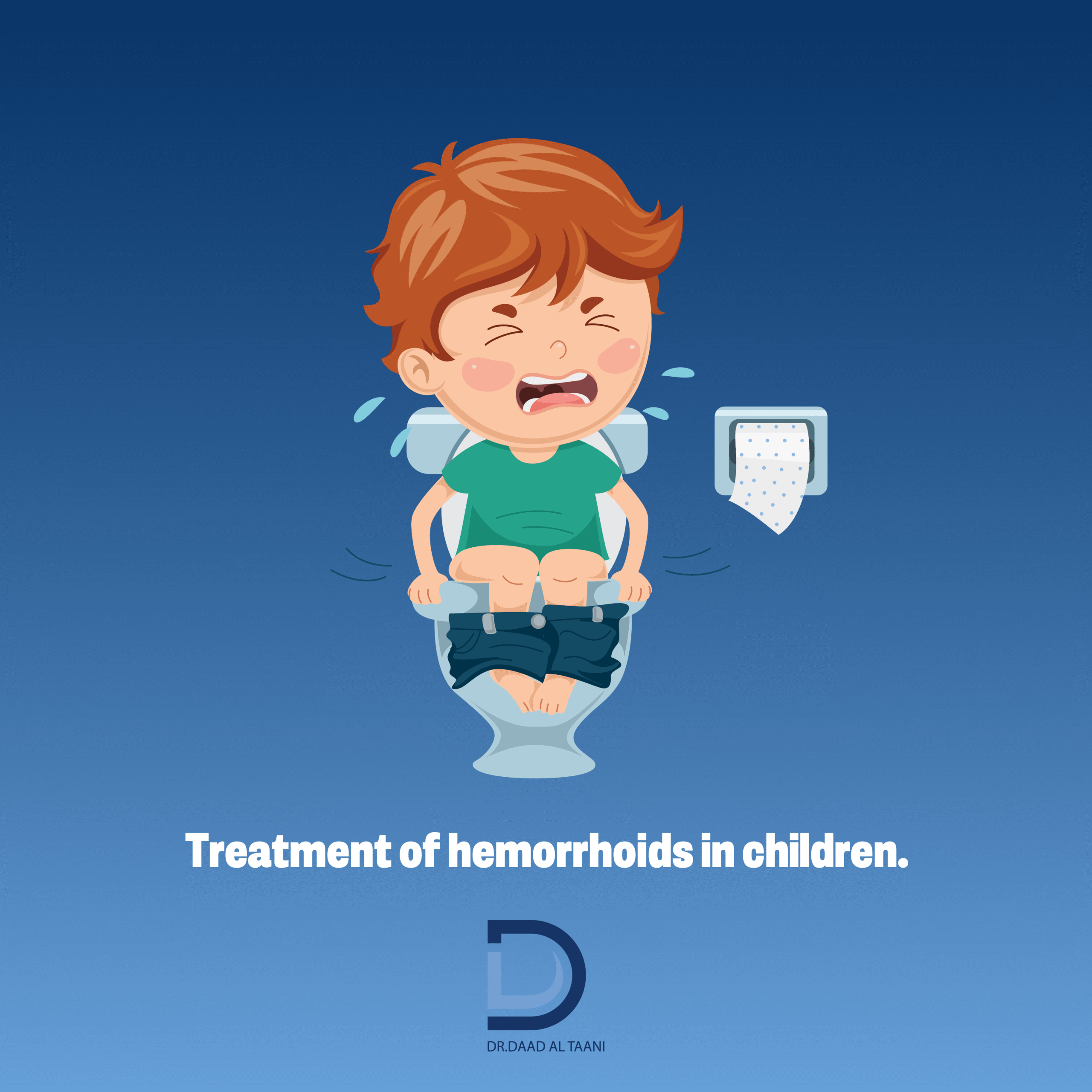The Importance of Understanding Hemorrhoids and Their Impact on Quality of Life
Hemorrhoids are a common condition that affects the digestive system. They can significantly reduce a person’s quality of life. Hemorrhoids occur when veins in the lower rectum or around the anus become swollen. This leads to ongoing discomfort and pain. Symptoms depend on the type and severity. They often include itching, bleeding, and pain during bowel movements. Sometimes, a painful lump may appear near the anus.
Hemorrhoids are divided into two types. Internal hemorrhoids occur inside the rectum and are usually not visible. External hemorrhoids appear at the anal opening and can be painful. Many people ignore mild symptoms. This often leads to worsening of the condition and more intense discomfort.
There are many causes of hemorrhoids. These include chronic constipation from a low-fiber diet, prolonged sitting, pregnancy, obesity, and heavy lifting. As people age, the supporting tissues weaken. This increases the risk of developing hemorrhoids.
Prevention and Treatment Under Specialist Supervision
Dr. Daad Al-Taani, a specialist in anorectal disorders in Dubai, highlights the importance of Preventive measures for hemorrhoids. Start by eating a fiber-rich diet, including fruits and vegetables. Drink plenty of water. Exercise daily. Avoid sitting for long periods or straining during bowel movements.
Treatment depends on the severity of the case. Mild cases may be treated with topical creams, warm baths, and fiber supplements. In more severe cases, options include rubber band ligation, laser therapy, or surgery. The treatment plan is customized based on the patient’s condition and how they respond to earlier treatments.
This article aims to explain the Preventive measures for hemorrhoids. It also provides practical advice to help patients manage symptoms safely and effectively.
For more trusted medical tips, visit our YouTube channel. Dr. Daad Al-Taani shares simple and effective advice to help you understand your condition and manage it properly.



